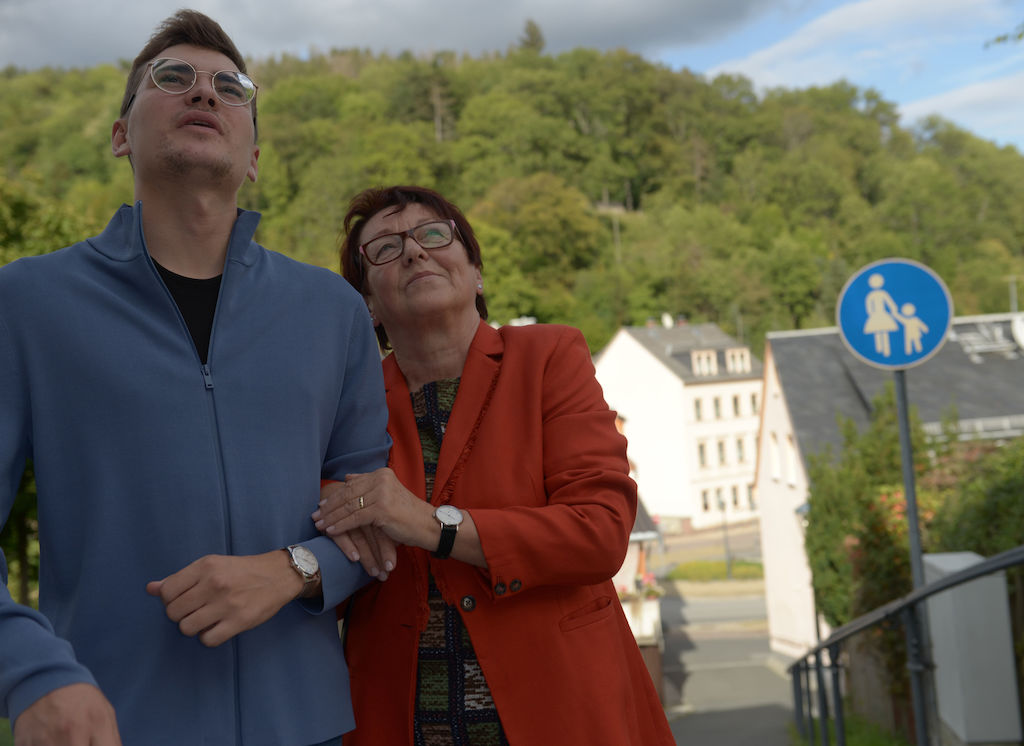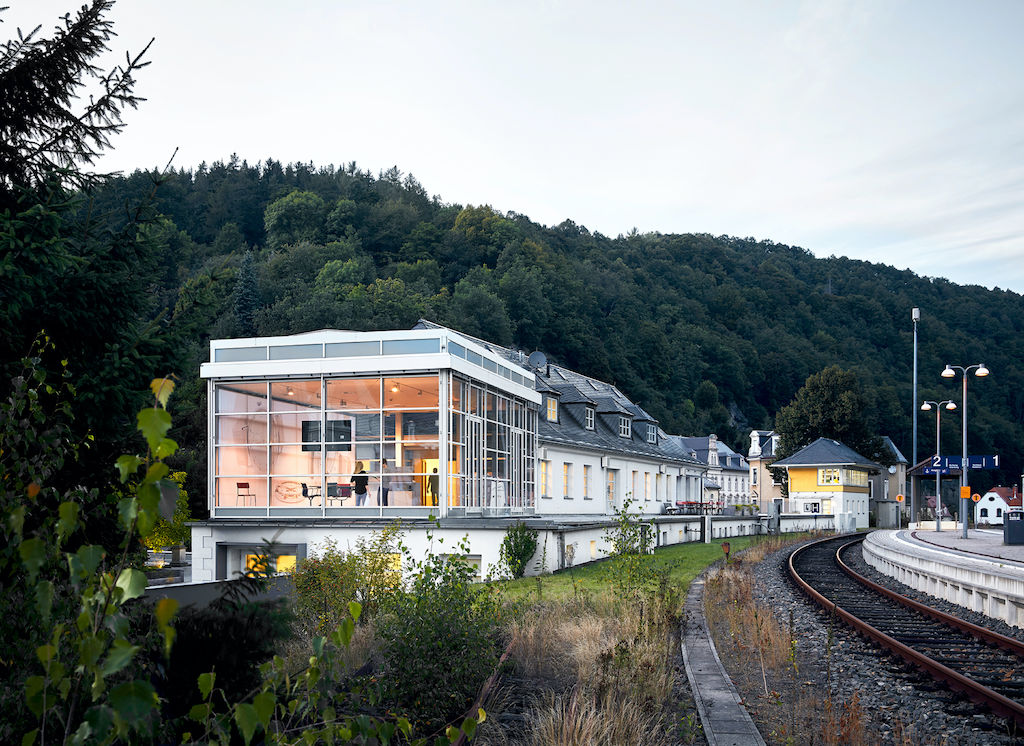The sun is still hangs high over the horizon in late afternoon, and as the hours pass, the light seems barely to fade. The further you travel north, the shorter the nights become.
People wear flower crowns, dance around trees, and raise a toast to wash down herring and potatoes: That is how midsummer is celebrated in Russia, Finland, Estonia, Lithuania, Latvia, as well as in parts of Poland and Ukraine. These huge celebrations are particularly spectacular in Sweden, where even in the southern regions, it hardly gets dark. And in the far north, the sun famously never sets. The date for the festivities is decided—where else?—in the stars. The summer solstice is on June 21 (or occasionally on June 20 or 22). In many countries, it is also considered the calendar begin of summer.
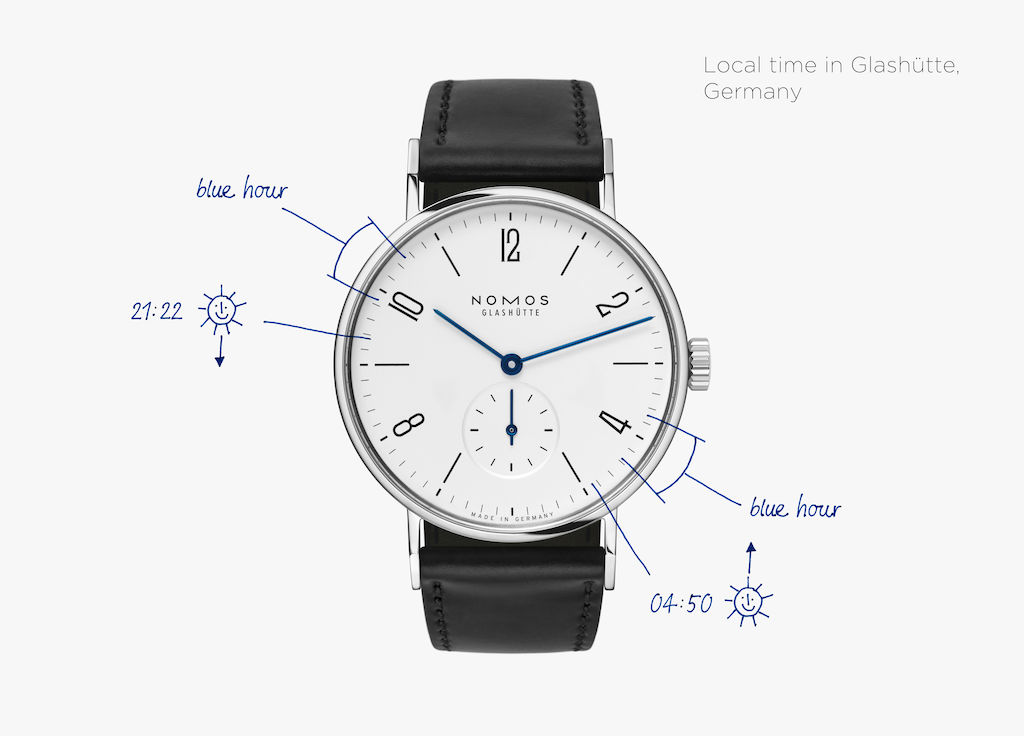
Short nights, even in Glashütte: The sun sets at 21:22, and rises again at 4:50.
But not only in the north: The sun is celebrated in Brazil as well. That is because, regardless of latitude, the solar orbit is cut into two parts by the horizon—with the two extremes falling now and on December 21. At this point in the southern hemisphere, the sun is closest to the earth, which has been seen as representing the connection between humans and God since the time of the Incas.
Our Glashütte (50° 50' 56.8" N, 13° 46' 25.2" E) is located in the northern hemisphere—not in the far in the north, but not in the south either. But even here, the midsummer nights are short. Some villages celebrate by rolling wheels of fire over the meadows, or by getting couples to jump over bonfires together; this should bring them luck and happiness. Or you can just cozy up with a good book—no need to turn the light on!
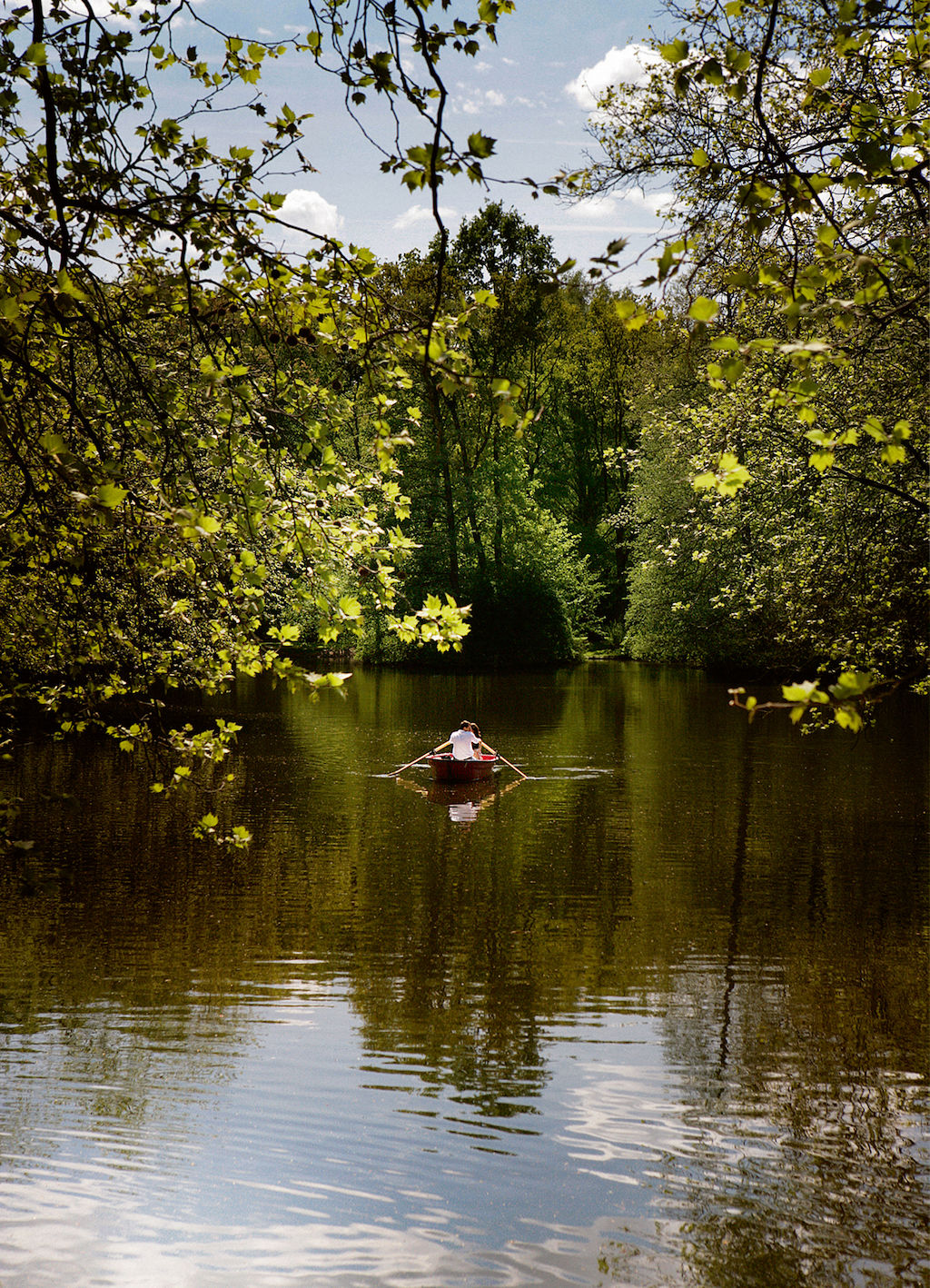
More time for romance: It might be late, but it’s still light enough to go for a boat trip on a lake and stare into your lover’s eyes.
When the sun does eventually dip behind the horizon, the blue hour extends the day with its particularly beautiful light. That’s because this hour of twilight, when the sun is between four and eight degrees below the horizon, is the perfect moment for reflection, romance, raising a toast, or taking a great photo. Especially when the nights are warm. Experts will tell you that the best settings for the blue hour are as follows: flash on, ISO 100, and aperture between 11 and 16.
But even when the days lengthen over the summer, they still seem to pass too quickly. It’s not our fault in Glashütte though—our timepieces keep track of time, but can’t tell you where it’s gone!
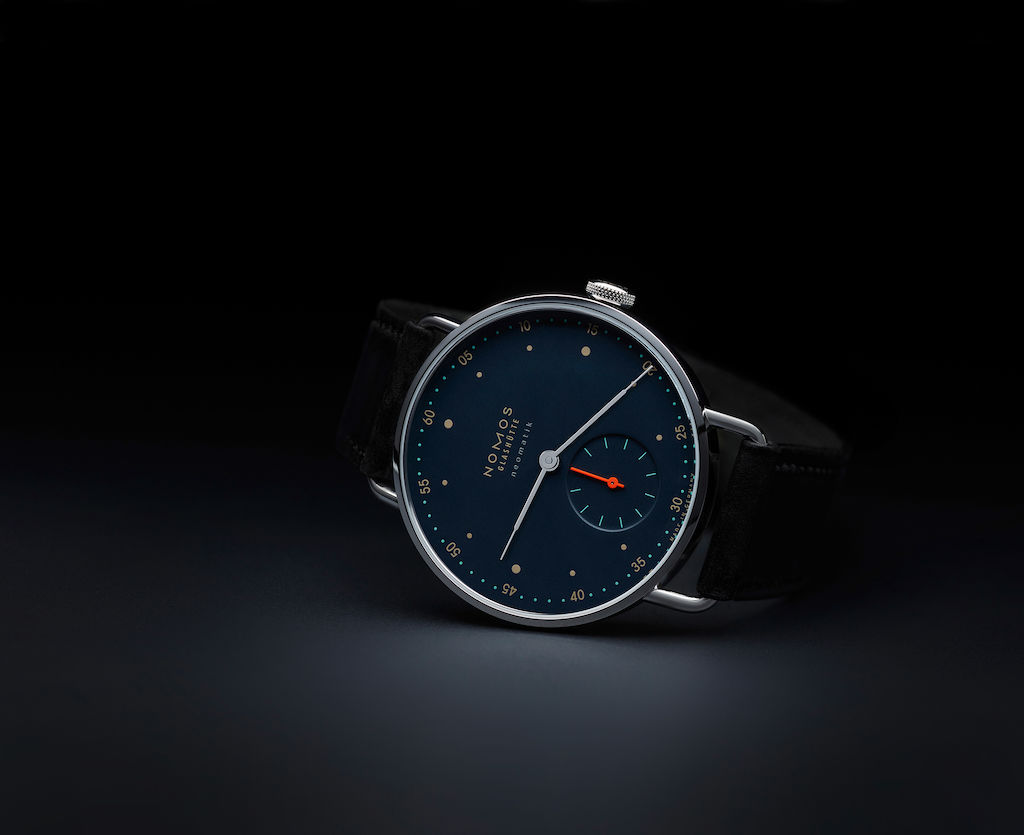
No white nights for Metro: The midnight blue dial of this NOMOS bestseller is already dark.
PUBLICATION DATE: June 2019
TEXT: NOMOS Glashütte
IMAGES: 1. NOMOS Glashütte/Benjakon, 2. NOMOS Glashütte, 3. NOMOS Glashütte/Benjakon, 4. NOMOS Glashütte/Holger Wens

